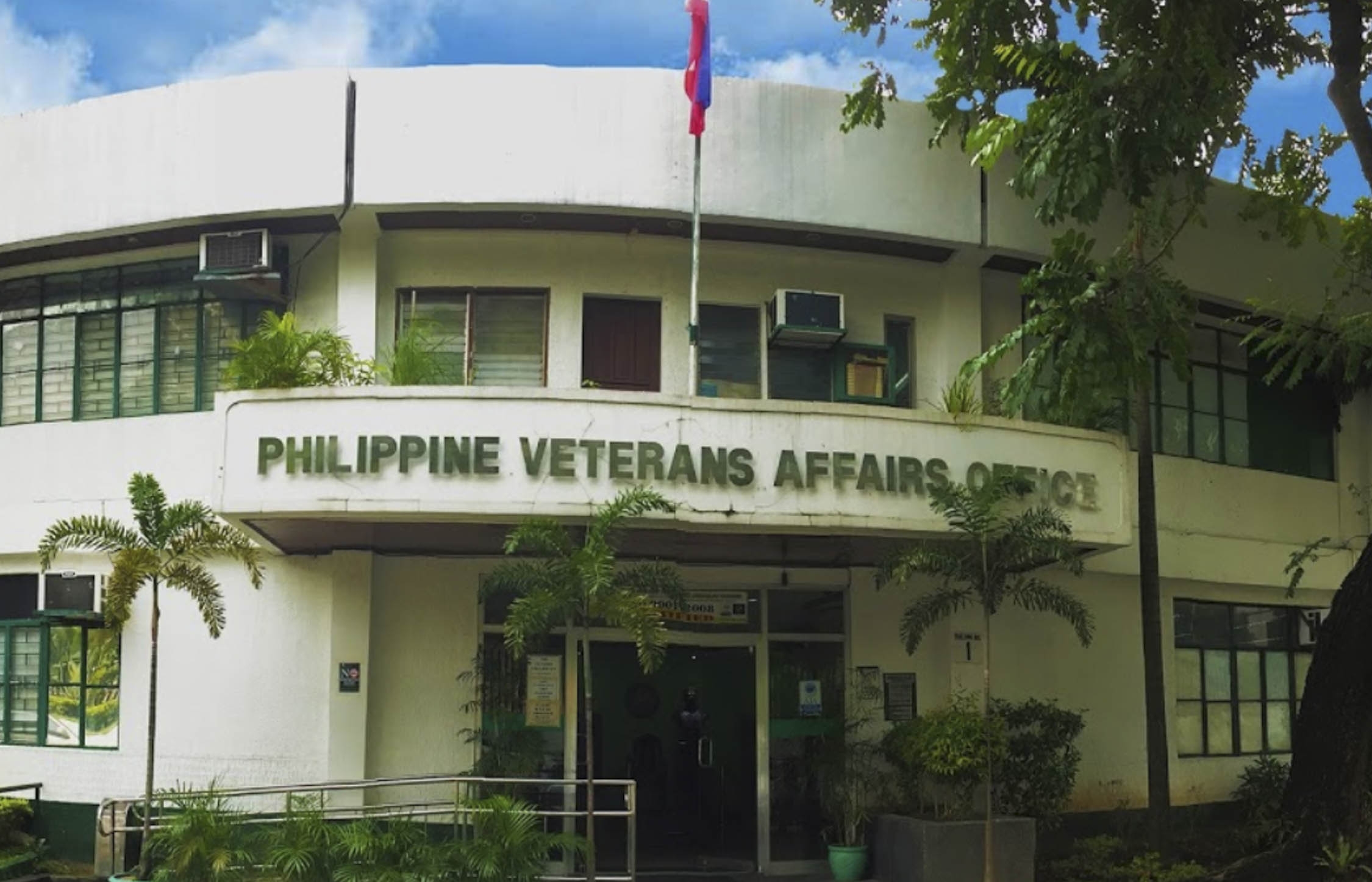
AUDIT REPORT DISPUTED The Philippine Veterans Affairs Office (PVAO) has denied dead veterans were paid benefits and said no pension money is missing. —PVAO PHOTO
State auditors have found that 5,721 veterans continued to be paid monthly pensions in 2018 even though they had long died.
The Philippine Veterans Affairs Office (PVAO), however, has denied dead veterans were paid benefits and said no pension money is missing.
In its report on its audit of the PVAO for 2018 released recently, the Commission on Audit (COA) said the veterans’ office spent about P70.25 million on benefits for deceased veterans and their beneficiaries last year.
Recovered money
The PVAO was trying to recover the money, but as of the end of 2018 it had recovered only P33.79 million, or less than half, of the wrong payouts, the COA said.
But the recovered money had yet to be turned over to the national coffers, a violation of Republic Act No. 10964, or the 2018 General Appropriations Act, the COA said.
The money, it said, remained in the servicing banks.
Pensions for veterans or their qualified dependents are handled by Land Bank of the Philippines, Philippine Veterans Bank, Development Bank of the Philippines, United Coconut Planters Bank, Asia United Bank and Maybank.
The Armed Forces and Police Savings and Loan Association Inc., Composite Wing Savings and Loan Association Inc., and Air Materiel Wing Savings and Loan Association Inc. also process pensions.
The COA directed the PVAO to immediately remit the recovered money to the Bureau of Treasury.
Most were dependents
It also urged the veterans’ office to investigate the incorrect payments of benefits, determine who the officials and employees involved were, and “hold them liable.”
Of the deceased veterans who received pensions last year, 2,545 were actual veterans, while 3,176 were either spouses or minor dependents of veterans, the COA said.
In 2018, it said, the 5,721 dead veterans who continued to be paid pensions comprised 84.5 percent of the total 6,768 veteran deaths reported to the PVAO.
The COA said that while majority of the deceased veterans were paid pensions up to two months after their deaths, benefits continued to be paid for some for as long as 65 months, or more than five years, after their deaths.
No wrong payments
State auditors noted, however, that it was an improvement, as prior to the implementation of a simplified validation program, the PVAO sometimes paid pensions up to 132 months, or 11 years, after the veterans’ deaths.
The simplified validation program, the COA said, “reduces the processing time, eliminates duplication of procedures, and makes the process convenient to the pensioners.”
Commenting on the COA report on Thursday, PVAO Administrator Ernesto Carolina said pensions could not be claimed after the veterans’ death because the banks had control of the pension fund.
Carolina said no deceased veterans were paid last year and that no PVAO funds were missing.
He said the office had explained to the COA that the banks had custody of the funds and that reporting took time.
“It’s a huge pension fund that we transfer to the banks, and the banks have no capability to monitor,” Carolina said.
“When the pensioner dies, it takes a while, and we cannot recover the overremittance immediately,” he said.
The banks, Carolina said, have to wait for death certificates to confirm the pensioners’ deaths and determine when the pensions end.
Updating the rolls
He said the PVAO had formed a reconciliation team to speed up the updating of the veteran rolls.
As for the delayed remittance of recovered funds to the national treasury, Carolina said the Department of Budget and Management had given the PVAO “blanket authority” to use the money as a rolling fund, provided it was used to pay veterans’ pensions. —PATRICIA DENISE M. CHIU